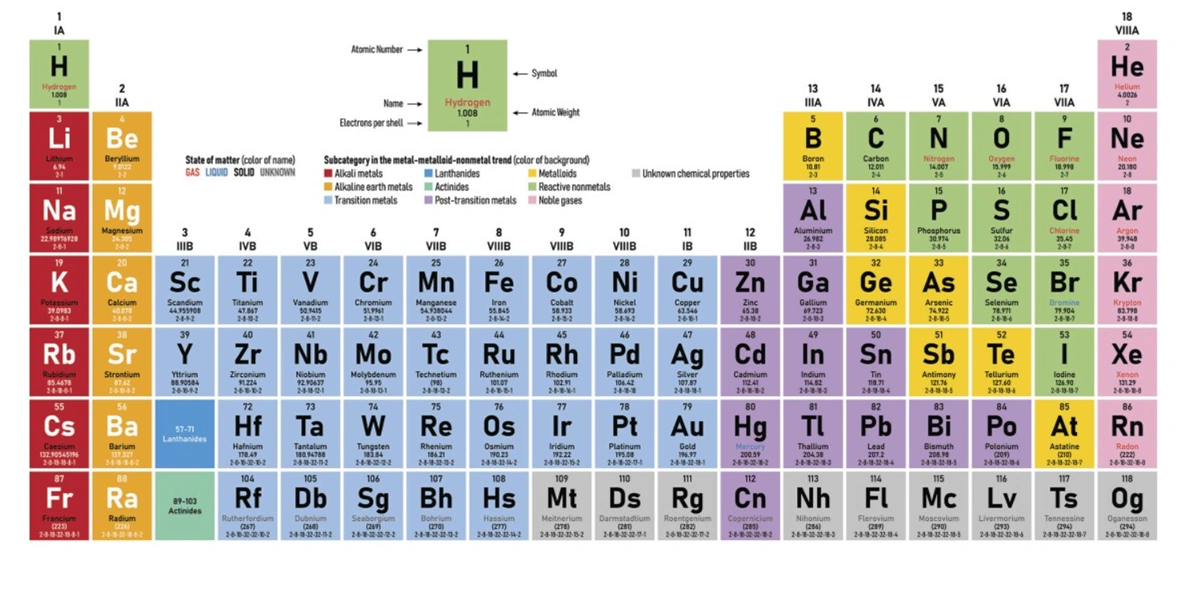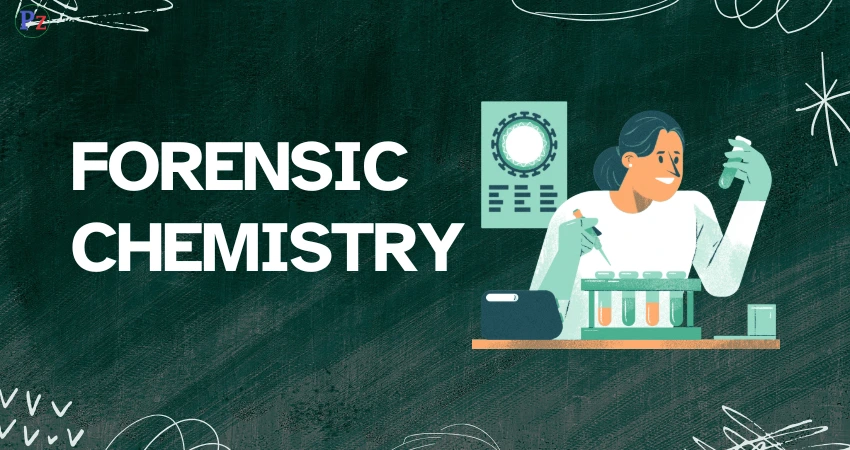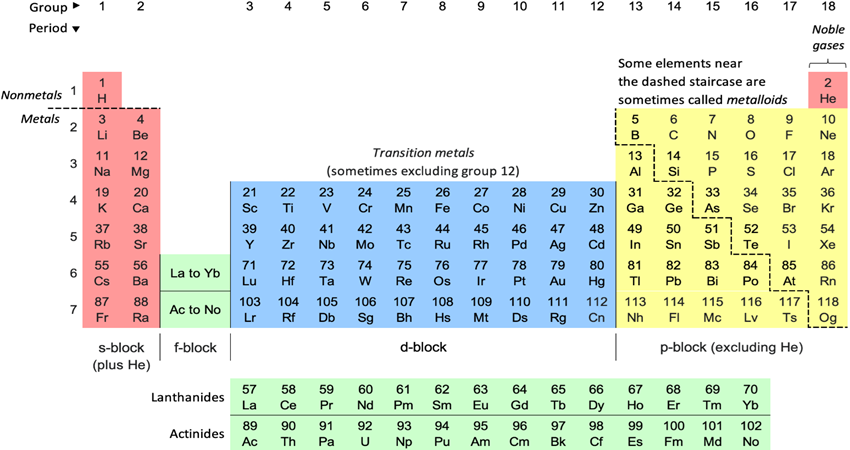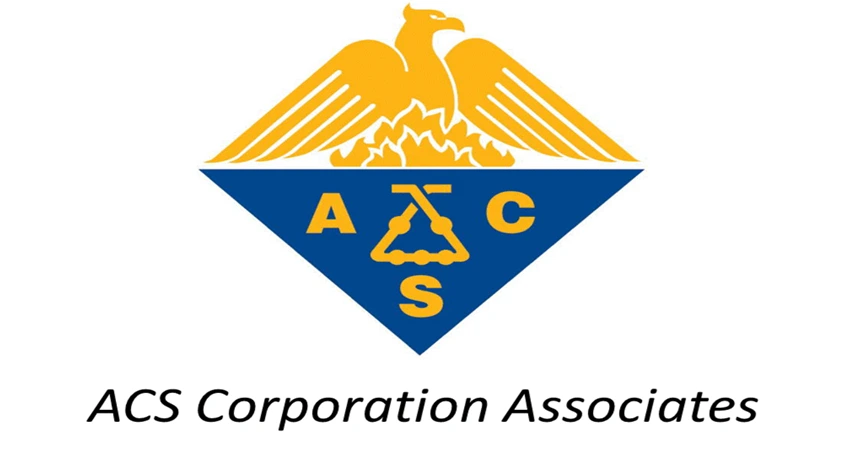In a nuclear fusion two light-weight nuclei combine or fuse to form a single heavy nucleus., with the simultaneous release of large amount of energy.
For example, two nuclei of deuterium undergo fusion reaction to yield a heavy nucleus of helium.
1H2+1H2 →2He4+ 0n1 + Energy

The Sun is a main-sequence star, and thus generates its energy by nuclear fusion of hydrogen nuclei into helium. This releases lots of energy. This energy powers the heat and light of the star. In its core, the Sun fuses 620 million metric tons of hydrogen per second.
Nuclear fusion is the energy-supplying process that occurs at extremely high temperatures like in stars such as the Sun, where smaller nuclei are joined to make a larger nucleus, a process that gives off great amounts of heat and radiation.
When uncontrolled, this process can provide almost unlimited sources of energy and an uncontrolled chain provides the basis for a hydrogen bond, since most commonly hydrogen is fused.
Also, the combination of deuterium atoms to form helium atoms fuels this thermonuclear process.
For example : 2H + 3H → 4He + 1n + Energy
The fusion reactions are also called thermonuclear reactions because the fusion reactions occur at extremely high temperatures. Nuclear fusion cannot be performed under controlled conditions. A pair of reacting nuclei induces fusion of another pair of nuclei. In this way enormous amount of energy are generated. This is the basis of the hydrogen bomb.
Characteristics of nuclear fusion
-
Fusion usually involves the combination of two light nuclei to form a heavy nucleus, plus enormous amounts of energy.
-
A nuclear fusion reaction takes place only if you provide the participating nuclei with high temperature or high kinetic energy to overcome the strong forces of repulsion between them.
-
It takes place at a very high temperature.
-
Sun’s energy is produced by it.
Advantages and disadvantages of fusion
Advantages
-
Very low fuel cost.
-
The fuel for fusion reactions is readily available.
-
Deuterium and tritium are virtually inexhaustible.
-
Fusion does not emit harmful toxins into the atmosphere.
-
Fusion has no such problems with dangerous by-products.
-
Does not create toxic waste.
-
It generates electricity without emitting CO2.
-
Little or no nuclear waste.
-
The products of a fusion reaction are not radioactive, thus thee are no nuclear waste problems.
-
Fusion is not a chain reaction, therefore it can be stopped at anytime and there is no threat of a meltdown.
Disadvantages
-
Extremely expensive to build commercial power plants.
-
Requires extremely high temperatures.
-
Could produce a net negative amount of energy.
-
Nuclear fusion was not a controlled reaction until now.
-
Large-scale fusion reactions are very expensive.
-
Many countries are phasing out fusion research because of the failure to reach a breakthrough.
-
Expensive and scientists have not yet been able to control a fusion reaction long enough for there to be a net energy gain.
Advantages of fusion over fission
In case of fusion reaction:
Fusion reactors cannot sustain a chain reaction so they can never melt down like fission reactors.
Fusion reaction produces very less or, if the right atoms are chosen, no radioactive waste.
In case of nuclear fission:
Large radioactive waste is produced and disposal of radioactive waste is a complicated problem.
For nuclear power, fusion is the better choice.
Difference between nuclear fission and fusion
| S.No | Nuclear fission | Nuclear fusion |
| 1 | It is the process of breaking a heavier nucleus. | It is the process of combining of lighter nuclei. |
| 2 | It emits radioactive rays. | It does not emit radioactive rays. |
| 3 | The process takes place at ordinary temperatures. | The process takes place above 106°k. |
| 4 | The mass number and atomic number of new elements are lower than that of parent nucleus. | The mass number and atomic number of product elements are higher than that of parent nuclei. |
| 5 | It gives rise to chain reaction. | It does not give rise to chain reaction. |
| 6 | It emits neutrons. | It emits positrons. |
| 7 | It can be controlled. | It cannot be controlled. |
[sc_fs_faq html=”true” headline=”h2″ img=”” question=”What is Nuclear Fusion and Fission?” img_alt=”” css_class=””] Nuclear Fusion : Fusion is when two light atomic nuclei join together to form a heavier nucleus, releasing a large amount of energy in the process. This process powers the sun and stars. Nuclear Fission : Fission is when a heavy atomic nucleus splits into two or more smaller nuclei, releasing a large amount of energy. This process is used in nuclear power plants to generate electricity. [/sc_fs_faq]
| Read More Topics |
| Control of corrosion by modifying the environment |
| What are the factors influencing the corrosion |
| Types of electrochemical corrosion |





